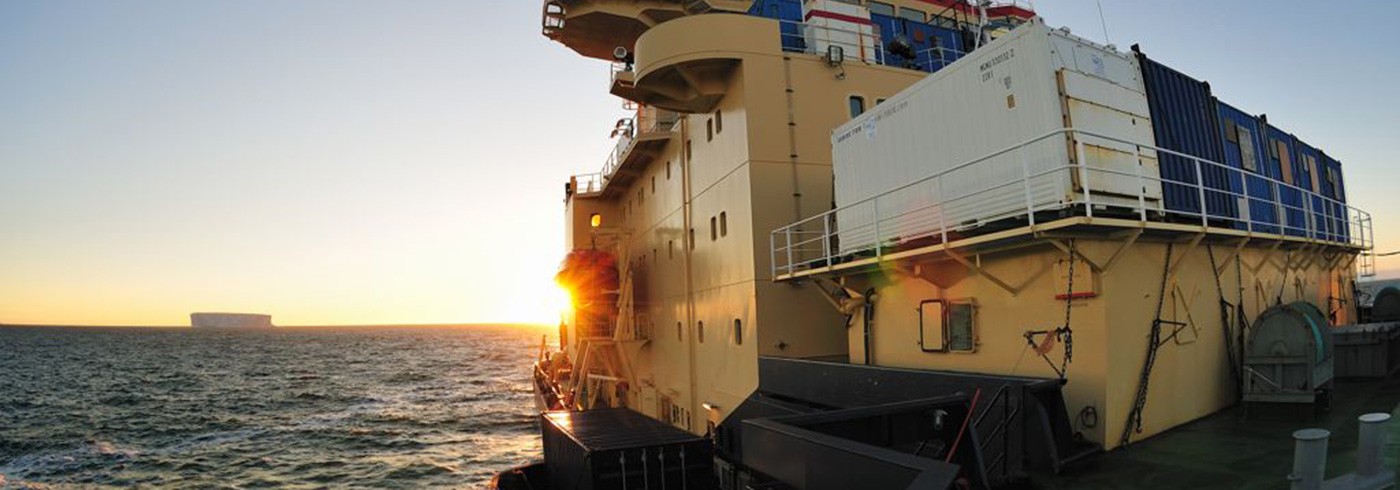Yesterday morning we rounded Cape Horn, and woke up to the sight of land. It is warm outside, maybe 11 °C, and despite the relatively mild temperatures we enjoyed during the expedition to Pine Island Bay, it now feels almost tropical. It is amazing to think that only three days south of here lies a continent covered in ice.
Our crossing of the notorious Drake Passage, separating the West Antarctic Penninsula from South America, was well timed, and we managed to pass between two large low-pressure systems. Even so, a 5–6 meter swell imparted a 30° roll to the ship and much time was spent re-securing things that nobody thought would move.
Before leaving the relative security of the Antarctic coastline and heading out into the open sea, we set the clocks back 8 hours, the only adjustment since beginning the expedition at McMurdo station (which runs on New Zealand time). For many of us, adjusting to the new time combined with the relentless motion of the ship made sleep difficult to come by for a few nights, but most are now settled into the new routine.
We are only a few days outside of Punta Arenas, and a week from returning to friends and family in Stockholm, where I am a postdoctoral researcher at Stockholm University. For the past few years my research has focused on marine geologic records from the Arctic Ocean, and what they can tell us about the extent and timing of ice during past glacial and interglacial periods. Our interpretations of these marine sedimentary archives are increasingly being placed within a larger spatial context afforded by recent advances in high-resolution bathymetric mapping, and in particular, with the installation of these systems on icebreakers such as the Oden.
This expedition to map and core glaciogenic features formed by the rapidly retreating Pine Island Bay Glacier was very successful. Results from the expedition will not only help address pressing scientific questions concerning the rate of ice-sheet retreat in the area, but should advance our understanding of the processes responsible for this retreat. This newfound knowledge, and more generically, the experiences gained working in a modern glaciated environment, will certainly bring new insights to ongoing work in the Arctic and – like all good scientific endeavors – has brought into focus a host of new questions and research ideas.







